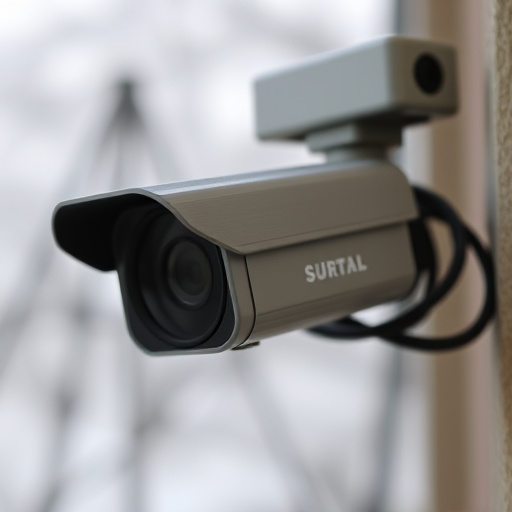Wireless hidden cameras in apartments offer real-time surveillance through smartphone apps, deterring unauthorized activities with motion detection and high-definition footage. Strategically placed in entry points and common areas, they enhance security. Detecting RF signals using an RF detector sweep is crucial to uncover these covert cameras, ensuring apartment dwellers' privacy and safety.
Uncover the hidden dangers of wireless hidden cameras in apartments with our comprehensive guide. Understanding how these devices operate is the first step towards protecting your privacy. This article delves into the world of RF detector sweeps, providing a detailed tutorial on detecting and locating hidden cameras. Learn the basics of RF signals and gain practical knowledge to safeguard your home from potential surveillance. By the end, you’ll be equipped with the tools to navigate this modern-day enigma.
- Understanding Wireless Hidden Cameras for Apartments
- Detecting RF Signals: The Basics of an RF Detector Sweep
- Step-by-Step Tutorial: Uncovering Hidden Cameras with an RF Detector
Understanding Wireless Hidden Cameras for Apartments
Wireless hidden cameras for apartments have become a popular tool for tenants and property managers to ensure safety and security. These devices operate discreetly, often disguised as everyday objects like smoke detectors or light switches, making it challenging to detect their presence. They transmit video signals wirelessly, allowing users to monitor activities in real-time via smartphone apps or computers. This technology offers significant advantages, such as remote access, motion detection alerts, and high-definition footage, making it an attractive solution for preventing and deterring unauthorized activities within residential spaces.
Understanding how wireless hidden cameras work is crucial. They typically utilize Wi-Fi or cellular networks to transmit data, ensuring a constant connection. Some models can capture still images or record videos with sound, providing comprehensive surveillance. With their compact size and easy installation, these cameras can be strategically placed in various rooms, hallways, or common areas to monitor entry points, corridors, and even individual units, enhancing overall apartment security.
Detecting RF Signals: The Basics of an RF Detector Sweep
Detecting RF signals is a key aspect of uncovering wireless hidden cameras, particularly in sensitive areas like apartments. An RF detector sweep is a method used to identify and locate devices operating on radio frequency bands. These bands are commonly used by various electronic devices, including some hidden cameras designed for covert surveillance. The detector works by scanning through different frequencies, picking up any signals that might be emitted from such devices.
In the context of wireless hidden cameras for apartments, understanding RF spectrum is crucial. Different regions within a space can have varying RF environments, affecting signal strength and detection accuracy. A skilled user would know to start with lower frequencies, where many hidden camera modules operate, and gradually sweep up as needed. This systematic approach ensures that no signal goes unnoticed, aiding in the successful identification of potential hidden cameras and enhancing privacy protection measures for apartment dwellers.
Step-by-Step Tutorial: Uncovering Hidden Cameras with an RF Detector
Uncovering hidden cameras in your apartment or any space is a crucial step to ensure privacy and security. Using an RF (Radio Frequency) detector sweep is an effective method to detect Wireless Hidden Cameras for Apartments. Here’s a step-by-step tutorial on how to use this technology to your advantage.
First, familiarize yourself with the RF detector’s functionality. These devices emit signals that interfere with wireless camera transmissions, causing them to shut down or become detectable. Calibrate the detector according to the instructions provided, ensuring it’s set to detect the specific frequencies commonly used by hidden cameras. Start at a low frequency range and gradually increase until you identify any active devices. Move methodically through the area being inspected, holding the detector close to walls, ceilings, and potential hiding spots where cameras might be installed. Pay close attention to any sudden readings or erratic behavior on the detector’s display, as these could indicate the presence of a hidden camera.
Hidden cameras in apartments are a growing concern, but with the right tool, they can be detected. Understanding wireless hidden cameras and how they operate is the first step, followed by mastering RF detector sweeps to identify these devices. Our step-by-step tutorial equips you with the knowledge to navigate this modern security challenge, ensuring your privacy in the digital age. Stay informed and take control of your space by learning about Wireless Hidden Cameras for Apartments and how to uncover them effectively.
